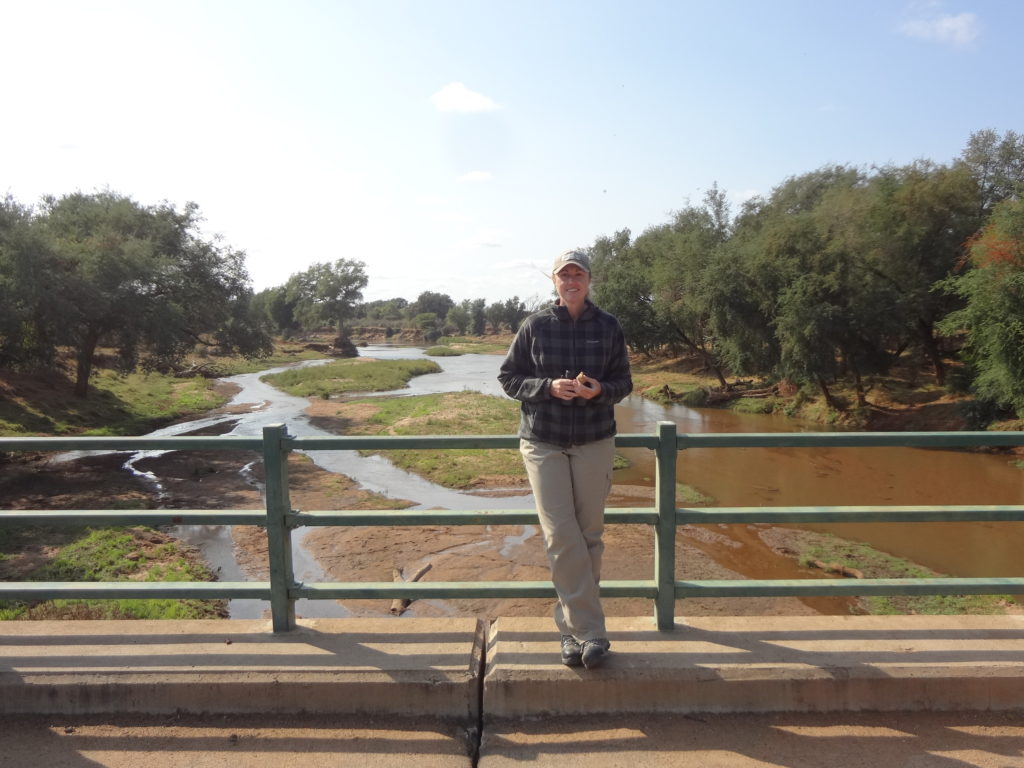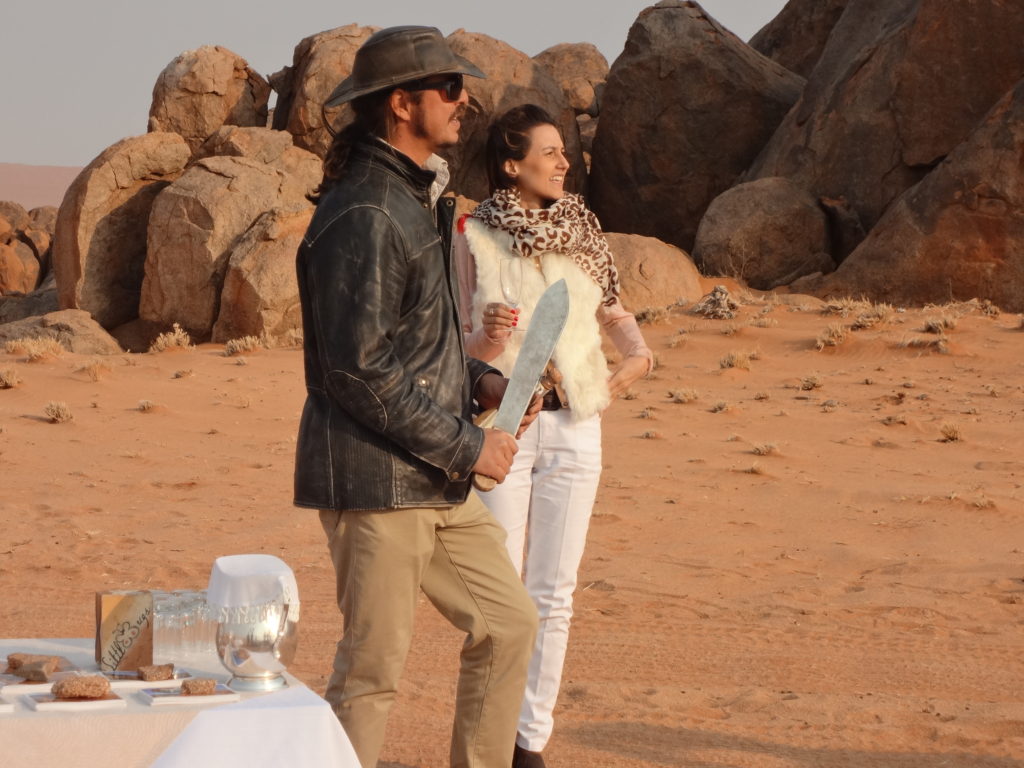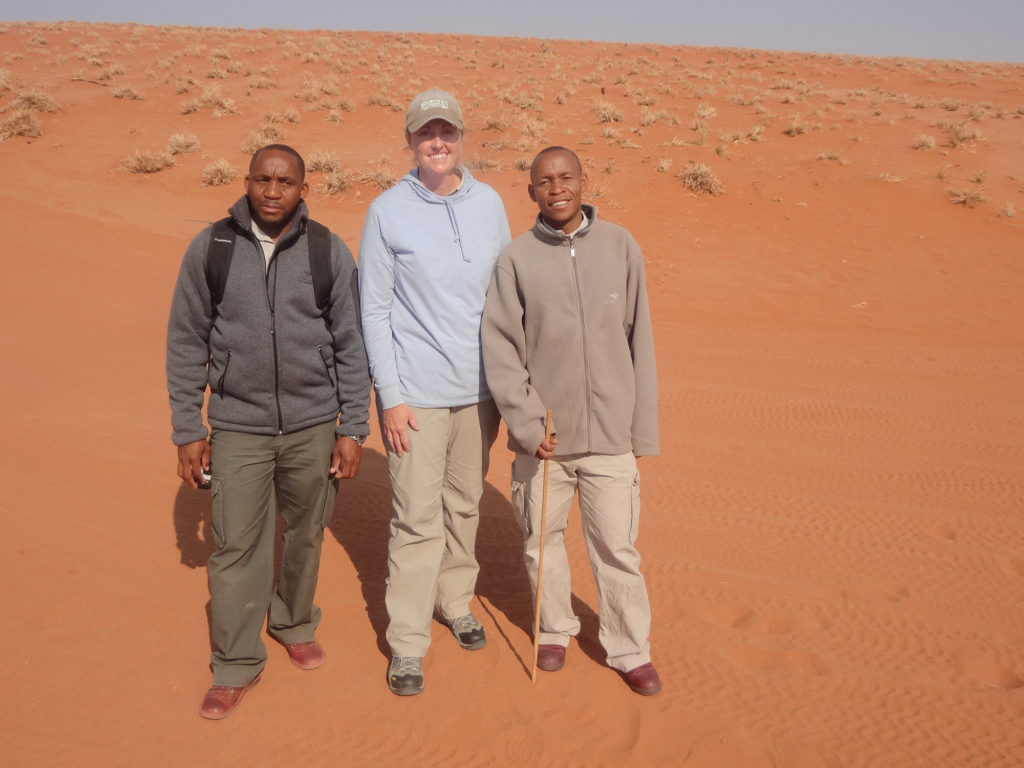Are we seeing the Namibian model through rose-colored glasses?

Sarah Sortum
When it comes to ecotourism, Namibia has emerged as a global leader. But are we seeing the rest of the story? Is the Namibian model all it’s cracked up to be?
I’ve had the fortunate experience of enjoying a “trip of a lifetime” twice. In 2009, I was part of a study group of Great Plains ranchers and land managers sponsored by World Wildlife Fund. We traveled to Namibia to learn more about ecotourism, collaborative conservation strategies and diversification models. I have recently returned from another excursion to Namibia and South Africa sponsored by the Great Plains Ecotourism Coalition. The focus of this trip was to further study ecotourism models there, with a particular goal of learning more about the professional guide culture that the sub-African continent has become globally known for.
While both of these trips were definitely in the “trip of a lifetime” category, I had very different experiences. The former trip gave us the opportunity to talk to several landowners and conservancy managers that had successfully diversified into ecotourism. They had taken the leap of faith and were experiencing the positive results of employing the mutually beneficial relationship of tourism revenue and conservation on the ground. We bounced around Namibia in style, in our own jet, allowing us to visit these shining stars of the Namibian model.
I came away from that first trip motivated and inspired by these successful models! I expected the same feelings upon my return a few weeks ago but found that I was experiencing different emotions. I kept asking myself: “Are we seeing the Namibian model through rose colored glasses?”

Okay, so what? Do all of my complicated (and probably over reactional) emotional responses mean that the Namibian model of ecotourism and conservation is somehow wrong? By no means! Ecotourism in Namibia has contributed in so many positive ways. It has created jobs and revenue in rural places, provided a higher standard of living for many rural and/or native people, and encouraged better education and training opportunities. All the while, ecotourism revenue is helping to make meaningful strides in land management and conservation of species as well as environmental education in a very fragile ecosystem. These admirable outcomes have taken place amidst and as a tool to address the aforementioned challenges. To be sure, the Namibian model is valid and worthy of emulation.

Sarah Sortum with two guides
While it may seem contradictory, I now have even more confidence in the tool of ecotourism after learning more about the challenges in Namibia than I had after my previous “rose-colored” trip. Like my first trip, I have returned motivated and inspired. This time I have a more realistic picture of what it takes to foster a successful ecotourism industry. I recognize that no matter where one is located on the globe, there will be bumps along the way. These obstacles do not mean we are failing or are not on the right track.
Ecotourism in Namibia has encountered challenges and will continue to. So will we. Our success will be determined by how we work through these challenges, use them to build strength, and, ultimately, improve the lives of everyday people.
Sometimes it seems the world keeps spitting out the same problems over the timeline of history. I guess “progress” is determined by how we deal with them. Are we willing to utilize new tools to combat old problems? Can we learn from the experiences of others and be open to new perspectives? I think so. The Great Plains has a way of inspiring big ideas about the future. I’m proud to say that my rose-colored glasses show a Great Plains with thriving rural communities, healthy landscapes, and abundant opportunity. Ecotourism is a valuable tool to help us on our journey there.
